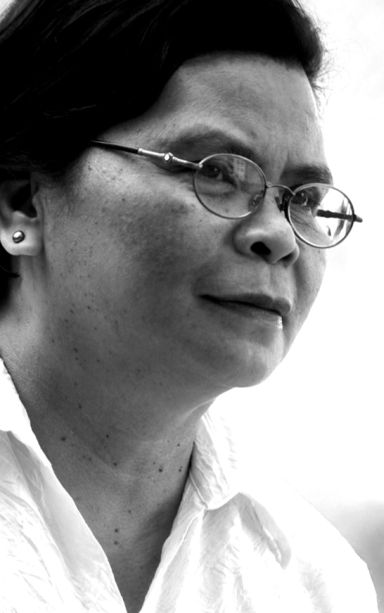
DELACERNA
The two-day Visayas Congress of Our Mother of Perpetual Help opened on February 17, 2017 at the Redemptorist Church, Cebu City with 582 delegates from Cebu, Borongan, Catarman, Tacloban, Bacolod, Dumaguete, Iloilo and a few guests from Baclaran, Lipa and Davao to celebrate the Congress theme: “150 Years of Making Her Known Throughout the World (1866-2016).”
The Congress opened with a Mass presided by Most Rev. Oscar Florencio, auxiliary bishop of Cebu, who challenged the participating devotees that 150 years of knowing and loving Our Mother of Perpetual Help is not enough, but “put flesh to that devotion” beyond the next 150 years.
As an introduction to the 150th Jubilee of the Icon, a special liturgy on the Gazing at the Icon: Contemplating and Understanding the Our Mother of Perpetual Help Icon was held completing the morning welcome.
The first session was on “How the Our Mother of Perpetual Help Icon and Novena Began in the Philippines and How It Spread Throughout the Country” discussed by Prof. Trizer Dale Mansueto, historian/professor of MSU-IIT. According to Professor Mansueto, the Redemptorists brought the icon to the Philippines in July 1906 when they arrived in Opon, Cebu (now Lapu-Lapu City) aboard the boat Heroic as a response to the dire need of missionaries during the early days of the American Period. Many parishes at that time had no priests, and many residents became either Protestants or Aglipayans. There still lingered the trauma of the Spanish friars who just a few years earlier, and the Irish Redemptorist missionaries were deemed invaders.
What struck me most in Mansueto’s lecture was the name of the boat they were sailing on — Heroic — because from day one of the coming of the Redemptorists to the present, the work of the Redemptorists had been heroic. When they arrived in Opon, the residents were very hostile, ranging from removing every furniture and fixture in the convent to the point of starving them by refusing to sell them food items.
Soon enough, this hostility melted when the Redemptorists introduced the Icon of Our Mother of Perpetual Help to the residents, built the Church of the Birhen sa Regla (Our Lady of the Rule) and conducted missions in the neighboring towns. The first mission was done in Compostela, Cebu. Then other missions followed suit in the rest of the Visayas and Mindanao, then to Luzon.
The devotion started on May 13, 1946 at St. Clement’s Church, Iloilo City by Fr. Patrick Nulty. The devotion began in Cebu on September 15, 1946 by Fr. McHugh followed in Lipa on June 13, 1947. Fr. Leo English brought it to Baclaran and started it on June 13, 1948, and it would be in Baclaran where it became famous.
Professor Mansueto’s research showed that the devotion to Our Mother of Perpetual Help became popular in the Philippines because of the Redemptorists who brought the icon wherever they went and named their churches in honor of this Marian title, and also because we are very close to our mothers.
Accepting and implementing the papal mandate 150 years ago was in itself heroic. Landing in the largest diocese of the Philippines at that time which was then dominated by Agustinians, Dominicans, Recollects and Jesuits, and still promoting a popular devotion in the country is very heroic. The Redemptorists play an important role in the history of Cebu and the nation, and historical events prove this. During World War II, the original image of the Santo Niño was kept under custody in the chapel of Our Mother of Perpetual Help at the Redemptorist Monastery. During the dictatorship, the Redemptorists were not silent.
After Professor Mansueto’s talk, Fr. Jovencio Ma, coordinator of Redemptorist Asia Oceania, gave a very inspiring testimony of how Mama Mary brought him to the Redemptorists. He stressed the importance of listening to the heart, for it is the heart that matters. He cited Mary’s spirituality as an emptying, and devotion to Our Mother of Perpetual Help makes us social transformers.
Day one of the Congress concluded with a dinner cum cultural presentation called “Maria: Make Her Known Gala Concert” which featured the history of the icon and the Redemptorists in the Philippines. Day two will focus on the novena texts, the historico-anthropological perspective of Marian devotion in the Philippines and debo (misyon).
Disclaimer: The comments uploaded on this site do not necessarily represent or reflect the views of management and owner of Cebudailynews. We reserve the right to exclude comments that we deem to be inconsistent with our editorial standards.
